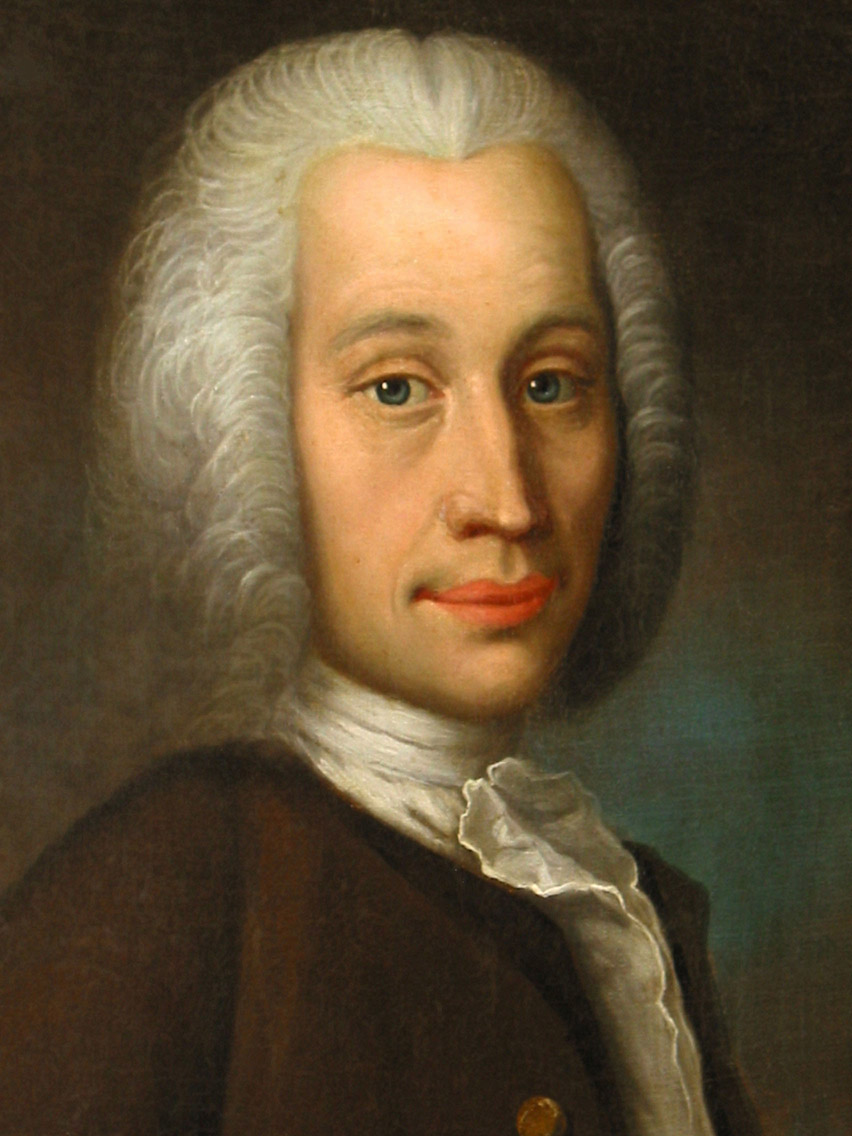
Story Highlights
- historical event: Anders Celsius became globally famous when his temperature scale was accepted worldwide. It is interesting that he was actually primarily an astronomer by profession, and temperature measuring was only a side discipline for his astronomical research.
The man whose name we unconsciously mention almost every day when we talk about the temperature in degrees Celsius, was born on this day in 1701, in the Swedish city of Uppsala. That city is of double importance for Sweden. Namely, the oldest and most revered Swedish university is located there (Uppsala has a reputation equivalent to Oxford or Cambridge), and the city is also the seat of the Lutheran Church of Sweden (the Archbishop of Uppsala is the head of the Protestants in Sweden).
Anders Celsius came from a family of scientists. His father was a professor of astronomy, one of his grandfathers was a mathematician, and the other was also an astronomer. Anders was educated at Uppsala University, and then he too became a professor of astronomy there. Celsius was by profession primarily an astronomer, although he is today remembered mostly for his temperature scale.
Temperature measurement was also related to Celsius’s interest in astronomy. Namely, he wanted to check whether water freezes and boils at the same temperature independent of latitude. In order to test this, he developed a precise temperature scale, which remains in use to this day.
However, it is interesting that Celsius set the value of 100° as the freezing point of water and 0° as its boiling point, the opposite of how it is today. Only a year after Celsius’s death another Swede – the famous Carl Linnaeus – reversed the scale and put 0° as the freezing point and 100° the boiling point of water. Just to mention, the same Carl Linnaeus is significant by the fact that he introduced a system of Latin names for plants, which also remains in use today.




